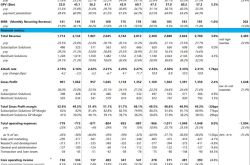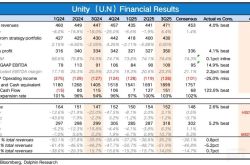Where Lie Our Opportunities as Europe's 'Electrification' Slows Down?
![]() 07/04 2025
07/04 2025
![]() 806
806
The electrification process in the European automotive industry has come to an abrupt halt. As we enter 2025, a series of events continue to confirm this pause:
The Green Party suffered heavy defeats in multiple elections, and Scholz, who came to power with their support, also left in disgrace. Merkel, representing a moderate path, took over as German Chancellor. Giants such as Audi, Volvo, and Mercedes-Benz have abandoned the once definitive timeline for phasing out internal combustion engine (ICE) vehicles. Northvolt, a joint investment by almost all European vehicle manufacturers aimed at transforming the European battery landscape, entered bankruptcy liquidation after exhausting $14 billion in funds. The dream of producing 150GWh of batteries annually ultimately turned into a pipe dream.
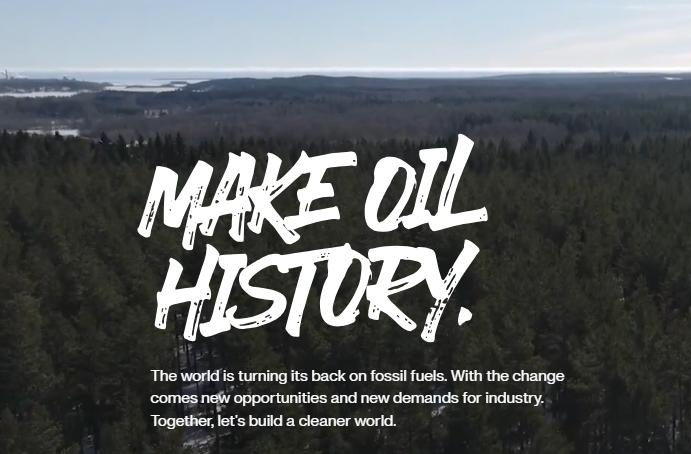
Europe's enthusiasm for electric vehicles wanes
No longer setting a timeline for phasing out ICE vehicles implies that ICEs will continue to play a significant role: Mercedes-Benz is actively planning to reintroduce V8 engines to its AMG product line; BMW will continue developing the next generation of high-efficiency ICEs, and large-displacement engines are still part of their development plan; Audi also has similar R&D plans and will join Cadillac next year to participate in F1 as a factory team. As the world's top motorsport event based in Europe, F1, which has long advocated for small displacement and hybrid technology, is discussing the possibility of V8 engines returning to the track for the first time this year.
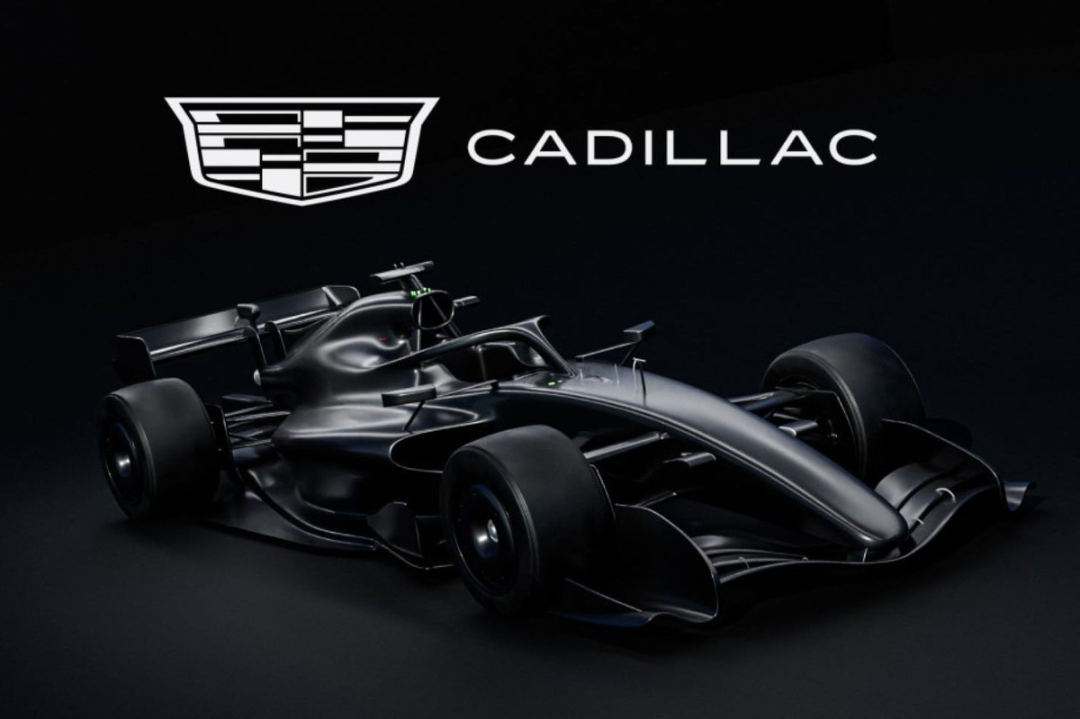
In the Chinese media landscape, what's happening in Europe is undoubtedly a counter-trend phenomenon, depicting how century-old brands are flustered under the pressure of Eastern forces. However, if we shift our perspective and view it from Europe's standpoint, a strategic retreat in electrification could be a more rational and pragmatic choice for the present.
China stands at the forefront of the global automotive industry's transition to new energy, naturally becoming a window for other countries and companies to observe the industry's future direction. Through this window, what picture do Europe, the United States, Japan, and other so-called old worlds see?
Even in the robust electric vehicle market like China, the market share of pure electric vehicles (BEVs) has experienced slowing growth. Last year, the penetration rate of new energy vehicles in the Chinese market exceeded 50%, with the primary driving force coming from plug-in hybrids (PHEVs) and extended-range electric vehicles (EREVs), which contributed the majority of the increment. While these two technological paths are clearly divided into two camps with ongoing disputes, from a macro perspective, both PHEVs and EREVs play similar roles currently.
Both PHEVs and EREVs still require ICEs—of course, oil and electricity are now inseparable, and both must be strong. Northvolt's bankruptcy liquidation means the battery self-reliance plan is completely foiled. What hundreds of billions of euros bought is not even as useful as medieval indulgences, which at least had "magical powers" to back them up.
Should we go all-in on abandoning ICEs and embracing pure electricity, or take a step back and reinstall ICEs in a different way? The answer is obvious.
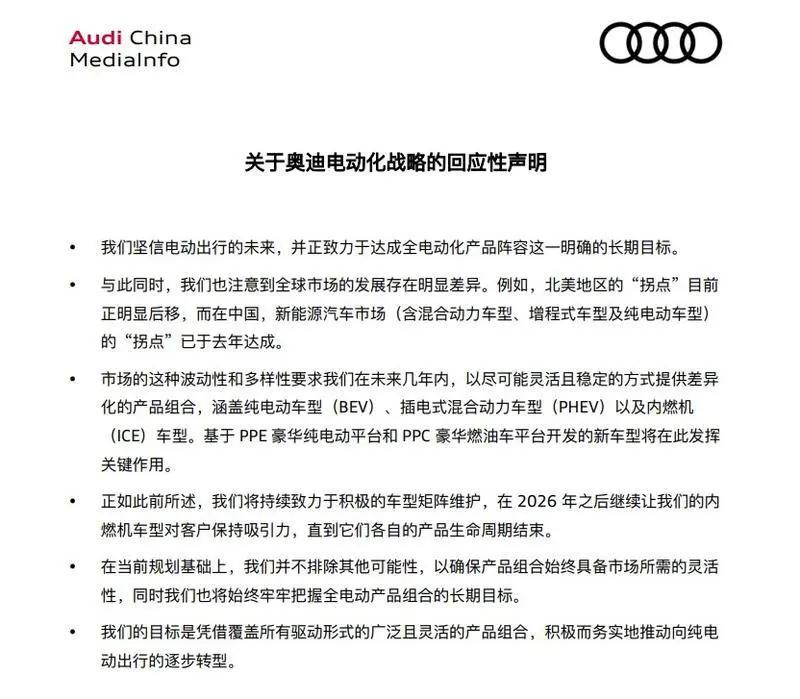
Moreover, taking a step back does not mean severing ties with electric vehicles. Audi's official statement clearly states that the purpose of the strategic adjustment is to maintain flexibility and offer a richer product mix in different markets. In simpler terms, they offer both oil and electricity, whatever customers need. European manufacturers may leave more backup plans in China in the future.
Almost all German automakers are expanding their R&D teams in China, and even Renault, which has withdrawn from the Chinese market at the product level for several years, is doing the same. Simultaneously, almost all joint ventures are increasing the weight of their local R&D teams in China, known as Joint Venture 2.0. More and more new models are being developed in China, and more and more new products are differentiated into Chinese and global versions. Thirty years ago, Chinese-specific models meant longer and less equipped vehicles. Thirty years later, China's speed is the most competitive globally.
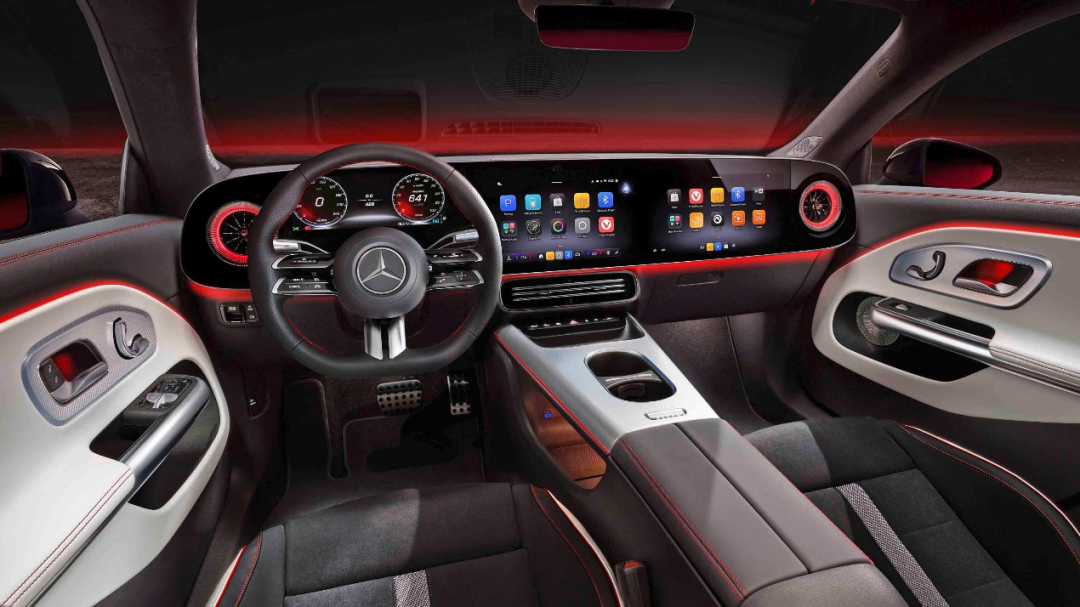
For us, it's a shift in attack and defense dynamics. For them, it's repositioning.
Repositioning themselves and repositioning China
Europe still has advantages in automotive engineering, from interior and exterior styling to vehicle engineering tuning. The technological and talent accumulation in Europe and the United States in these areas, inherited from traditional fuel vehicles, cannot be underestimated. Just look at which departments the foreigners working in domestic automakers are concentrated in, and you'll understand.
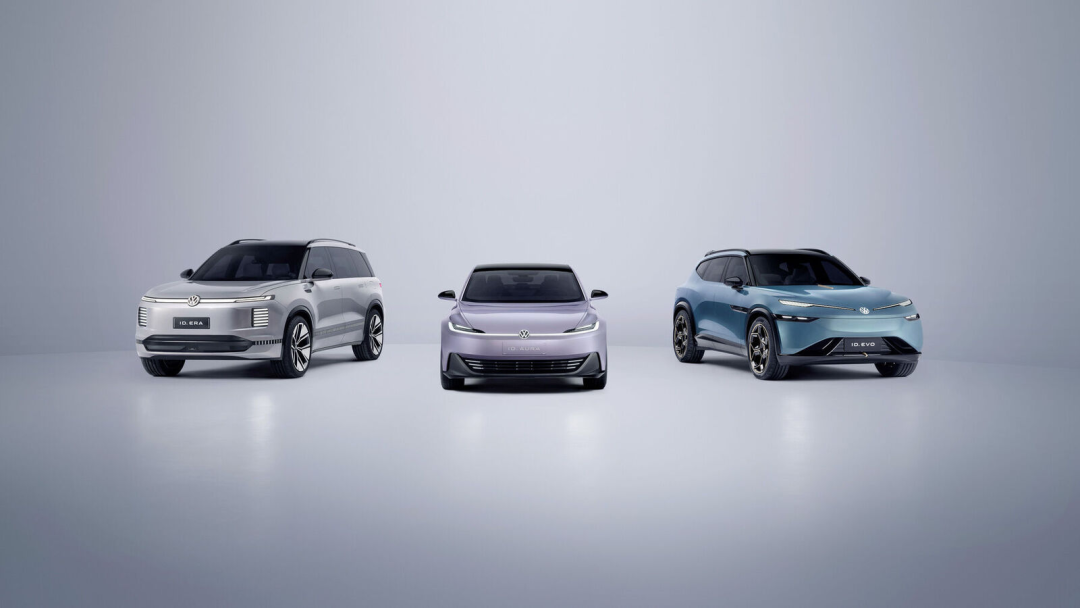
To put it more simply, even if only half of Chinese consumers buy fuel vehicles, Volkswagen can still maintain a huge sales scale in China and even achieve positive sales growth against the cycle. Regardless of whether the online environment admits it or not, the fact is that German carmaking, represented by Volkswagen, is still well-received by Chinese consumers.
Europeans excel in lower vehicle body parts like suspension and chassis, while Chinese are adept at upper vehicle body parts like smart cabins and autonomous driving. The growth flywheel formed by Chinese enterprises and consumers has far surpassed global competitors. Three to five years ago, there might have been a stubborn minority who believed that it was just a matter of different user needs. But currently, even the world's top automakers must admit the huge gap, and as our growth flywheel undergoes geometric fission, this gap has become almost impossible to bridge.
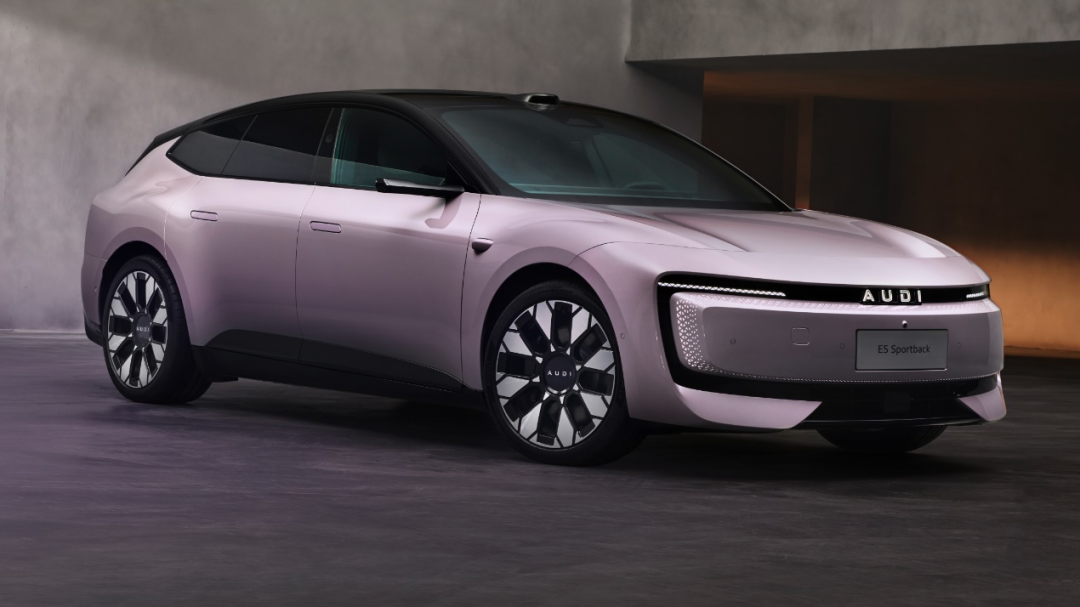
Let's boldly envision: one day in the future, the most popular new energy vehicles in Europe will bear familiar European brands and exhibit the familiar mechanical texture of Europeans. However, all visible and tangible upper-level functional implementations, including but not limited to high-level assisted driving, customized infotainment functions, adaptive massage and fragrance systems, and other comfort features, will be the crystallization of Chinese wisdom.
Such a prophecy is by no means idle talk. Volkswagen ID. ERA, Audi E5 Sportback, Nissan N7, Toyota BZ3X... Perhaps this batch of products is not yet fully mature, but what about the next batch in three years? They will all be able to dominate the European market and provide technological assistance. After all, Europeans are still buying Dongfeng eNO for 150,000 RMB.
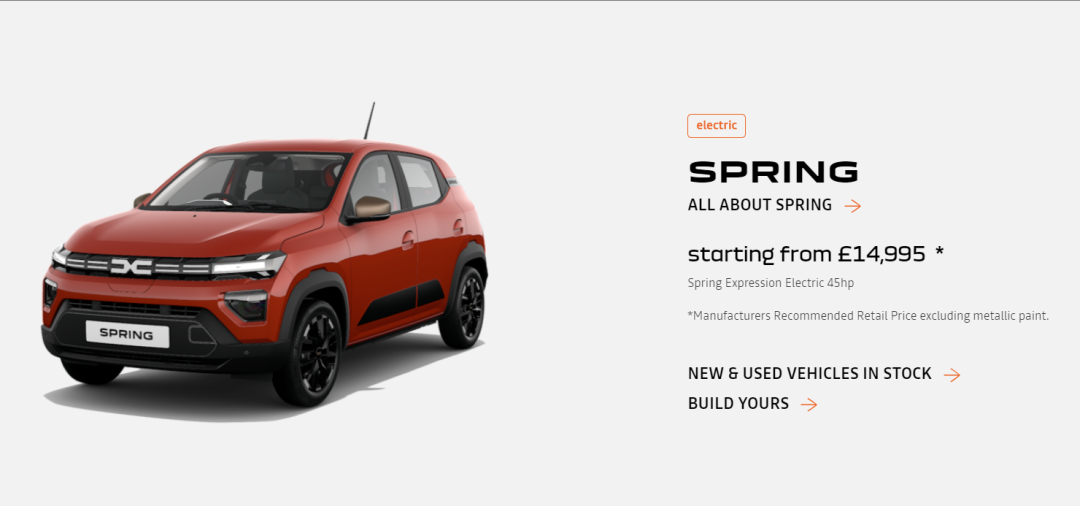
Making such a prophecy is not to say that I am not optimistic about Chinese brands going global. We will eventually need to prove ourselves in developed markets, and this day is approaching. In the first quarter of this year, sales of Chinese brand automobiles in the European market reached 148,000 units, a year-on-year increase of 78%, with market share jumping from 2.5% in the same period last year to 4.5%. Among them, sales of plug-in hybrid models surged 368% year-on-year, becoming the core engine driving growth.
However, it must also be noted that exports to Europe will still be affected by policies, including tariffs. If in someone else's home market, a win-win situation can be achieved through the method of "the host defines the demand, and Chinese wisdom fulfills the demand," isn't smart international expansion a more advanced victory that can be expected in the future, compared to simply and directly exporting complete vehicles?
Although the road ahead is long, the immediate matters are also important
Since Europe has retreated in its electric vehicle transition, ICEs are still crucial. But Europeans also understand that the era of large-displacement high-performance engines is gone forever, and Euro 7 emissions regulations must be implemented. High efficiency and low emissions will remain the mainstream in the future.

From the perspective of Chinese automakers, the gap between us and European ICE technology is narrowing. The European moat is still there, but it is not impossible for us to cross.
On the one hand, large-displacement engines are gradually being restricted, which used to be a traditional European strength. Although the Germans will continue developing them, they are after all high-performance products consumed by a minority, and there will be little room for large-displacement multi-cylinder engines in the mainstream market in the future. On the other hand, hybrids have huge potential in Europe. We have the best electrification industry chain and a decade of experience in developing small-displacement engines, especially dedicated hybrid engines. With these advantages combined, we can compete on an equal footing with Europeans.
Even high-performance diesel engines, which are not very prominent in China, have companies like SAIC MAXUS focusing on their development. The new πPlus 2.5T diesel engine not only meets Euro 7 emissions standards but also derives the currently scarce diesel PHEV in the industry. This is clearly a future black technology that will delight European consumers. Without sufficient technological accumulation, this would have been unimaginable ten or five years ago.
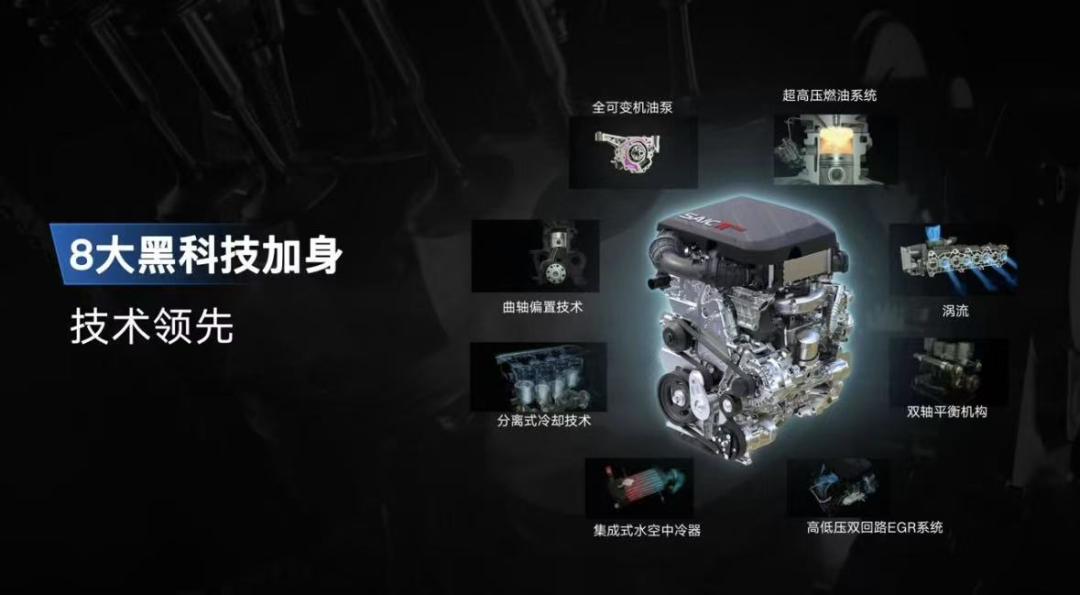
Therefore, it's not a bad thing for me that Europeans have taken a step back. Opportunities always go to those who are prepared.
Slow and steady wins the race
While Europe is hitting the brakes on electrification, the domestic automotive market is also experiencing a brake—the vicious internal competition and price wars that have harmed the industry have reached a point where they must stop. Although these two brakes in China and Europe seem unrelated, to some extent, this may become an opportunity for a deeper integration of the automotive industries of China and Europe at a higher level.
As Chairman Li Shufu of Geely said, vicious competition is essentially caused by overcapacity. There are only two ways to address overcapacity: blocking and diverting. Blocking will inevitably come at a cost, with businesses shutting down and brands disappearing, leaving everyone as losers. Going abroad is one way to divert this issue, and today, Chinese automakers are going abroad in increasingly diverse ways. Vehicle exports, brand acquisitions, local factory construction, channel integration... Automakers that succeed in going abroad must take multiple measures simultaneously.
Returning to the debate between oil and electricity in Europe, in the future, if Chinese automakers want to make inroads in Europe, they also need to take multiple measures in terms of technological paths rather than betting on a single powertrain form. We often say that China has a vast territory and diverse vehicle usage scenarios. If Europe is viewed as a whole, this statement also applies.
Today's Chinese automakers no longer need to talk about "overtaking on curves." Curved and straight paths will eventually converge into one path to the future, but unlike the past century, the way of running on this path is no longer singular. If there is only one successful path, it is inevitable that it will be a fight to the death. But I firmly believe that the best way to run is for everyone to showcase their beauty and catch up with each other.







